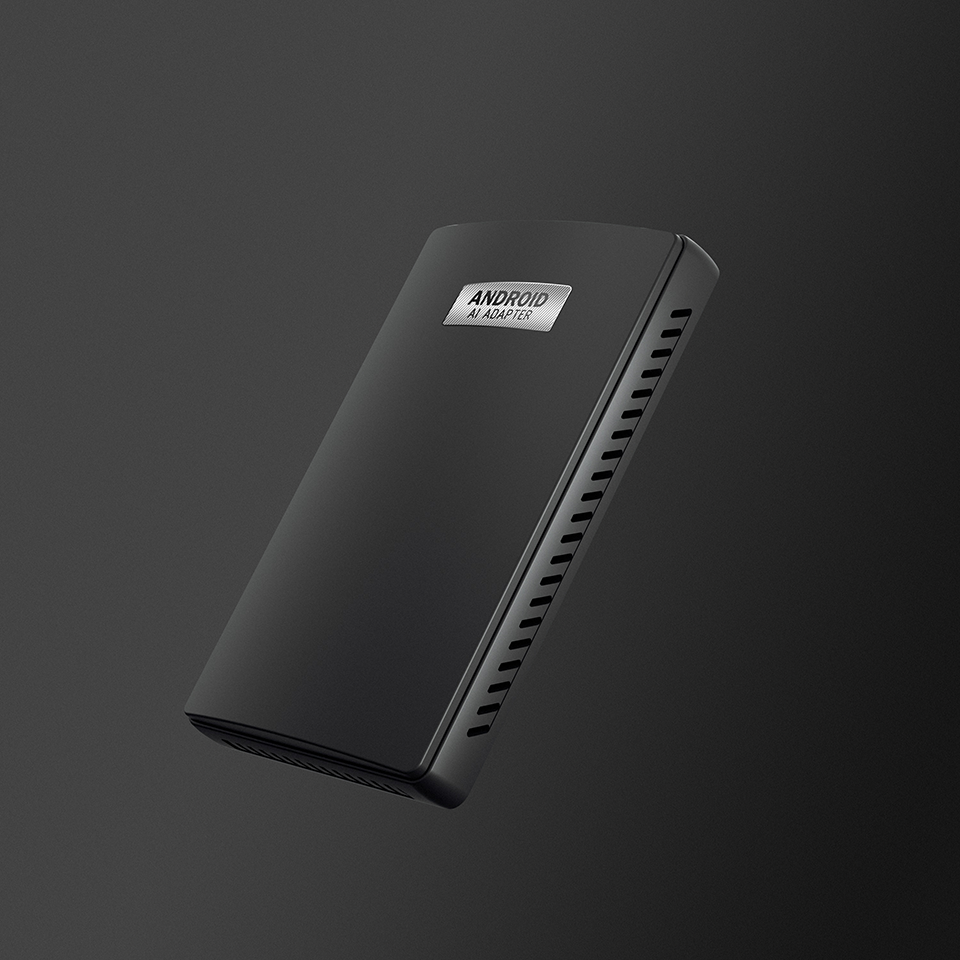The on-board network is the early internal sensor of automobile. The communication between control and actuators is connected by point-to-point connection to form a complex mesh structure.

一、CAN (Controller Area Network) controller LAN
CAN bus is a serial data communication protocol developed by BOSCH Company of Germany in the early 1980s to solve the problem of data exchange between many control and test instruments in modern automobile. It is a multi-main bus, and the communication medium can be twisted pair. Coaxial cable or optical fiber. Up to 1 Mbps. communication rate
CAN bus features:
(1) there is no master-slave in data communication. Any node can initiate data communication to any other (one or more) nodes, and the order of communication can be determined by the priority order of each node's information. High priority node information communication at 134μ s;
(2) when multiple nodes initiate communication at the same time, the low priority avoiding high priority will not cause congestion to the communication line;
(3) the communication distance can reach 10KM (the rate is lower than 5Kbps) and the rate can be up to 1Mbps (the communication distance is less than 40m);
(4) the transmission medium of CAN bus can be twisted pair and coaxial cable. Can bus is suitable for large amount of data, short distance communication or long distance and small amount of data, high real-time requirement, multi-master multi-slave or all nodes equal use in the field.

二、LIN (Local Interconnect Network) local area interconnection network
Founded in late 1998, the LIN Association was originally sponsored by BMW, Volvo, Audi, VW, DaimlerChrysler, Motorola and VCT, five automakers, one semiconductor manufacturer and one software tool manufacturer. The association focuses its main purpose on defining an open set of standards aimed at the low-cost internal interconnection network (LIN, local interconnect networks), in vehicles where bandwidth and complexity are unnecessary to use CAN networks.
The LIN standard includes the definition of transport protocols, transport media, interfaces between development tools, and interfaces with software applications. Lin enhances the flexibility of the system architecture, both in terms of hardware and software. All of them provide interoperability for nodes in the network, and better EMC (electromagnetic compatibility) characteristics can be predictably obtained.
LIN complements the current in-vehicle multi-network and provides conditions for the classification of in-vehicle networks. This can help vehicles achieve better performance and reduce costs. Lin is committed to meeting the requirements of rapidly growing software complexity, implementability, and maintainability in distributed systems. It will meet this requirement by providing a series of highly automated tool chains.

三、Transmission of MOST (Media Oriented Systems Transport) Multimedia directional system
Media-oriented system Transport (Media Oriented Systems Transport,MOST) is an increasingly popular network standard among automakers and suppliers. Most networks take optical fiber as carrier and are usually ring topology.
MOST provides aggregate bandwidth up to 25Mbps, much higher than traditional automotive networks. In other words, 15 different audio streams can be played at the same time. Therefore, it is mainly used in automobile information and entertainment system.


.png)
_副本.png)
